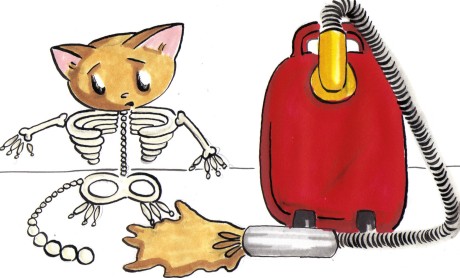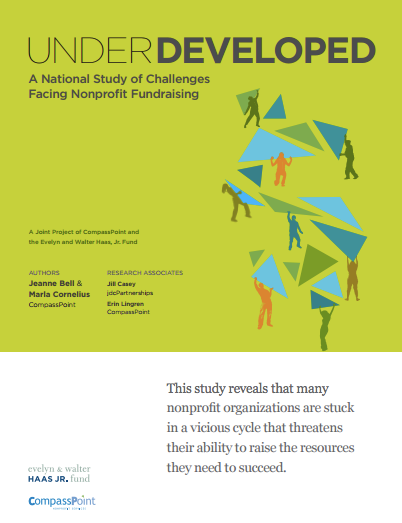Giving Circles: My Giving Tuesday Gift To You
Dear Charitable-Minded Person:
Before you go too far into your diatribe about how, someday, you’re going to join Warren Buffett, Bill Gates, and Mark Zuckerberg among the world’s great philanthropists, I have to ask you, no BEG you: PLEASE for the love of mercy, DO NOT START A FAMILY FOUNDATION!
Why? Well for starters, there are already way too many of them on the books, and a large number are out of compliance with government regulations and/or legal/ethical standards for grant makers. Many foundations don’t even have any money to give out. Besides being a waste of time and resources, the main reason you should think thrice before starting your own foundation is that they’re just not necessary. Here are some things you can do instead:
- Write a check to an organization whose mission is aligned with what’s important to you.
- If you can’t find one, give your money to a community foundation that provides discretionary grants to organizations that support your favorite cause.
- If you have enough cheddar, hire a wealth manager to start a donor-advised fund and let them do the dirty work of finding, vetting and managing grantees for you.
- If you don’t have a lot of money, or even if you do, but want to be deeply involved in your philanthropy, you can start a giving circle. This is a participatory form of philanthropy in which you and a group of like-minded people pool your resources and give collectively. Giving circles are extremely flexible and can be as formal or informal as you need them to be.
Here is one of many links that will help you to learn more about giving circles. Or you can book a free consultation and we can talk about it.
Happy giving!









